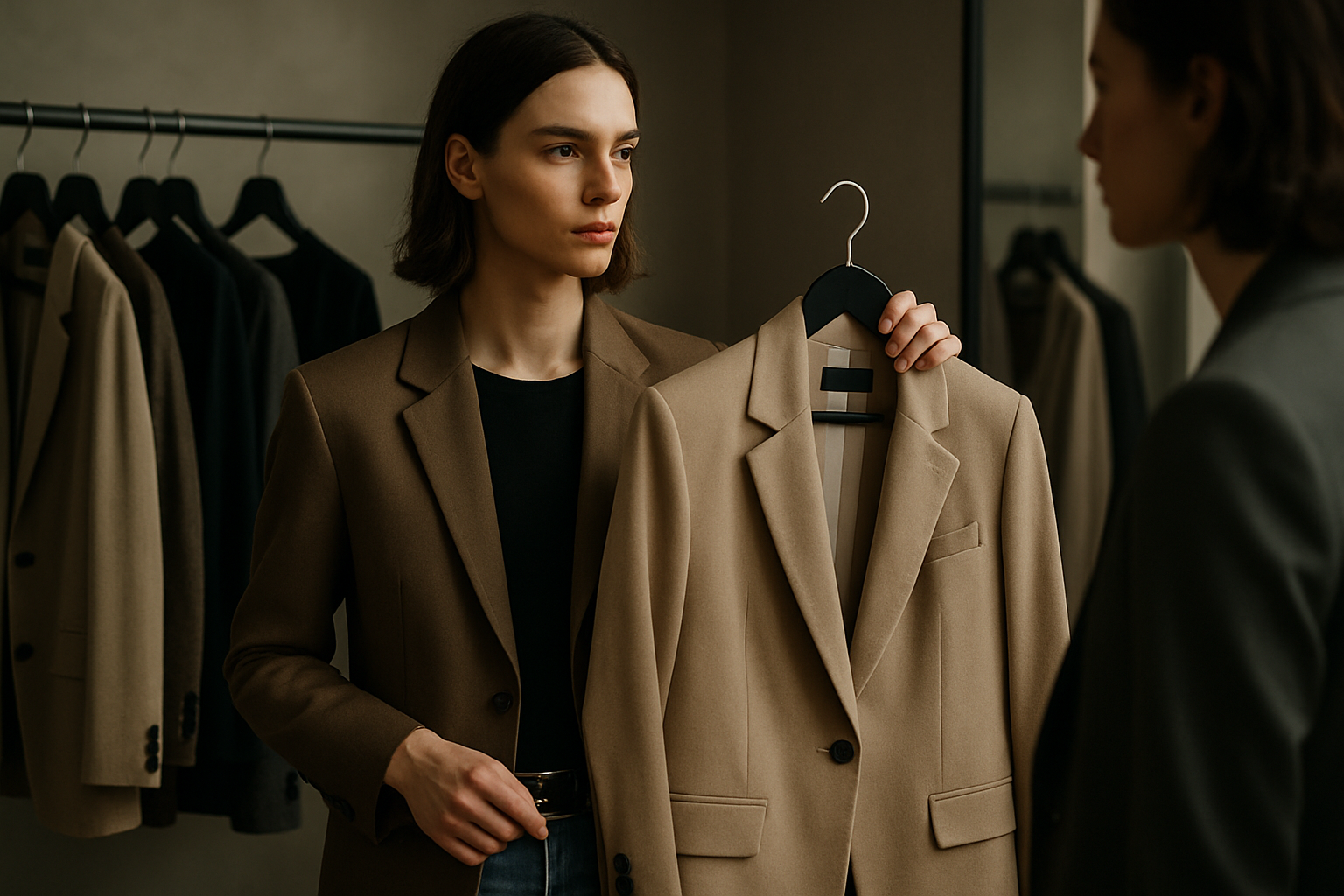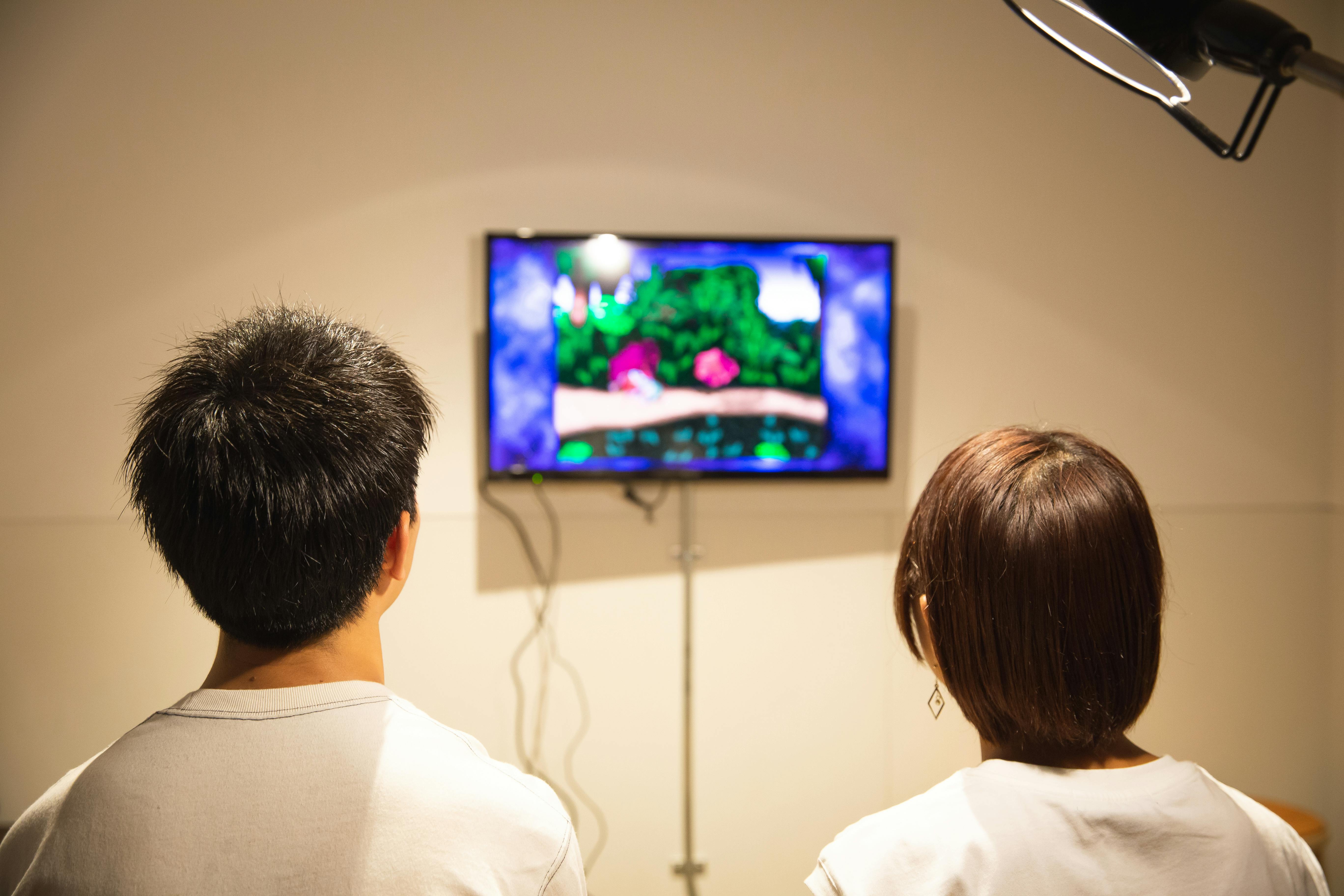Men's Suit and Tuxedo Guide for Formal Wear and Party Dressing
A well-chosen suit or tuxedo is a practical investment in a wardrobe that serves formal occasions and parties alike. Understanding fit, fabric, and the nuances of dress codes helps you select garments that look intentional and comfortable. This guide covers the essentials for men deciding between suits and tuxedos, matching formal wear to events, styling for parties, and caring for garments so they last.

Men: fit, silhouette, and proportion
Fit is the most important factor when a man selects formal wear. Shoulders should follow your natural line, chest and waist allow movement without excess fabric, and sleeve and trouser lengths reveal a hint of shirt cuff and shoe top respectively. Consider body shape—slimmer cuts suit narrower frames while classic or relaxed cuts suit broader builds. Try different brands and sizes, and prioritize tailoring to adjust shoulder width, sleeve length, and waist for a clean silhouette that reads well in photographs and in person.
Suit: fabrics, cuts, and occasions
A suit’s fabric and cut determine its formality and seasonality. Wool in its various weights is versatile year-round; lightweight wool and blends work for warmer climates, while flannel and heavier weaves suit cooler months. Single-breasted jackets are adaptable; double-breasted styles read more formal. Lapel type (notch, peak, shawl) influences the suit’s character—peak lapels tend to be dressier. Match suit color to the occasion: navy and charcoal are standard for business and formal settings, while lighter tones and patterns can be appropriate for daytime or less formal events.
Tuxedo: distinguishing features and timing
A tuxedo differs from a suit through formal detailing: satin or grosgrain facing on lapels, a satin stripe on trousers, and the typical use of evening accessories such as cummerbunds or bow ties. Tuxedos are traditionally reserved for black-tie events, evening weddings, and occasions that specify formal or white-tie-adjacent dress codes. For modern events, a single-breasted tuxedo with a clean lapel and a tailored fit offers a contemporary appearance, while a classic tuxedo remains suitable where traditional formal wear is expected.
Formal wear: dress codes explained
Common dress codes—black tie, formal, semi-formal, and cocktail—help determine whether a suit or a tuxedo is appropriate. Black tie typically requires a tuxedo; black tie optional allows a dark suit or tuxedo; formal or semi-formal often accepts a dark suit with conservative accessories. For daytime formal events, lighter suits may be acceptable. When in doubt, consult the event wording or the host; erring toward a well-fitting dark suit ensures you’ll meet many dress codes without standing out improperly.
Party: styling and accessories for different event types
Parties vary from casual gatherings to evening receptions, and styling should reflect that range. For cocktail parties, a sharp suit with a patterned shirt or textured tie can show personality while remaining polished. Evening parties invite darker colors, subtle sheen fabrics, and dressier shoes; consider a pocket square, cufflinks, or a dress watch for refinement. For less formal or creative events, mix formal pieces with relaxed items—unstructured blazers, knit ties, or premium sneakers—to create a contemporary balance between comfort and style.
Suit care and local tailoring services
Regular care extends the life and appearance of suits and tuxedos. Rotate garments to reduce wear, brush wool with a clothes brush to remove surface dirt, and use breathable garment bags for storage. Professional dry cleaning should be occasional—over-cleaning can damage fibers—so spot-clean and air garments when possible. For fit refinement, seek local services such as tailors or alteration shops that can adjust hems, take in waists, and set sleeves. A small tailoring investment often produces the most noticeable improvement in how formal wear looks and feels.
Conclusion
Selecting appropriate formal wear for men involves balancing fit, fabric, and the event’s dress code. Suits offer versatility across business and many social settings, while tuxedos remain the standard for strict evening formality. Attention to tailoring, thoughtful accessory choices, and routine garment care help ensure outfits look intentional and last longer, whether dressing for a party, a wedding, or a formal occasion.




